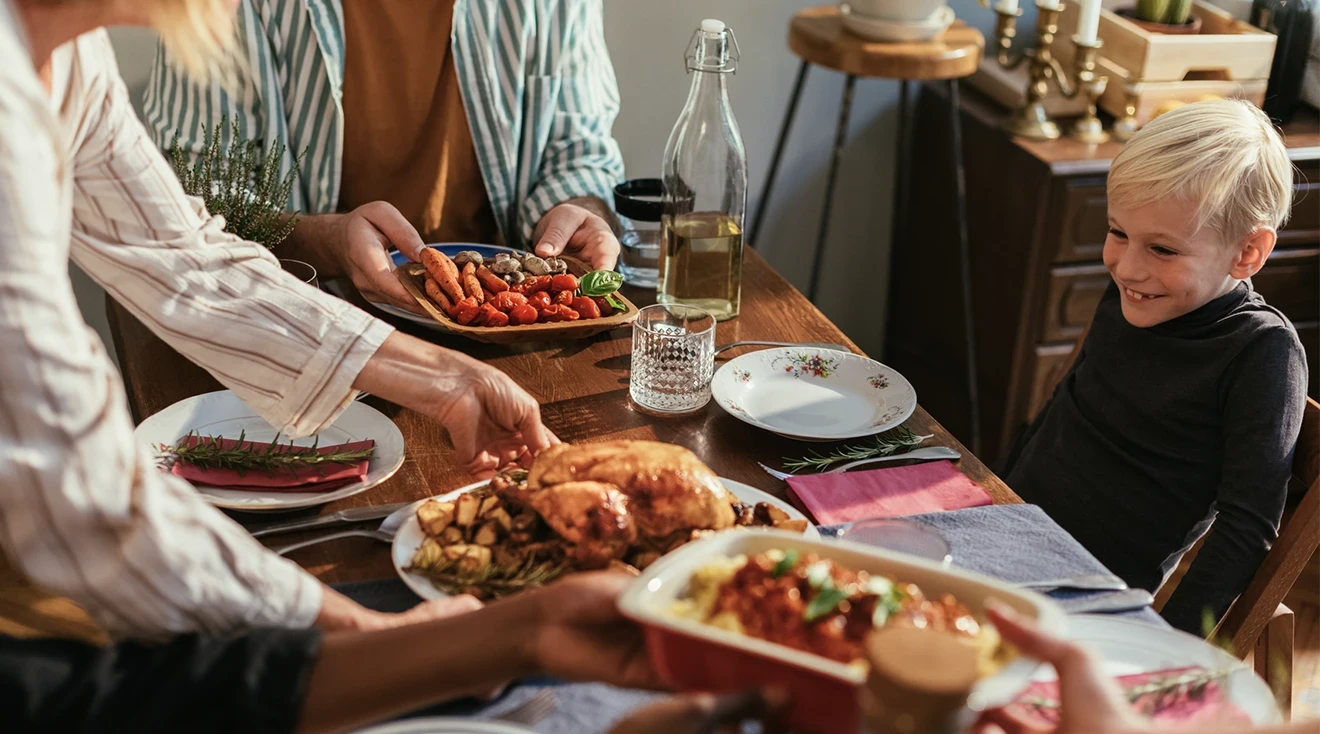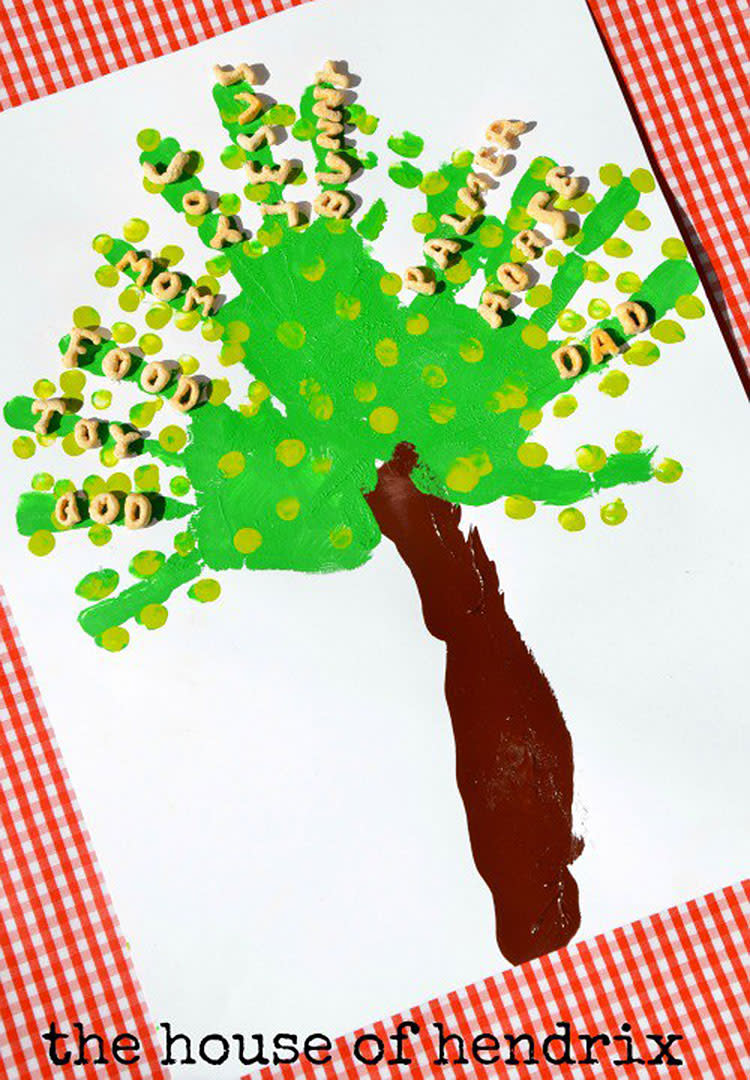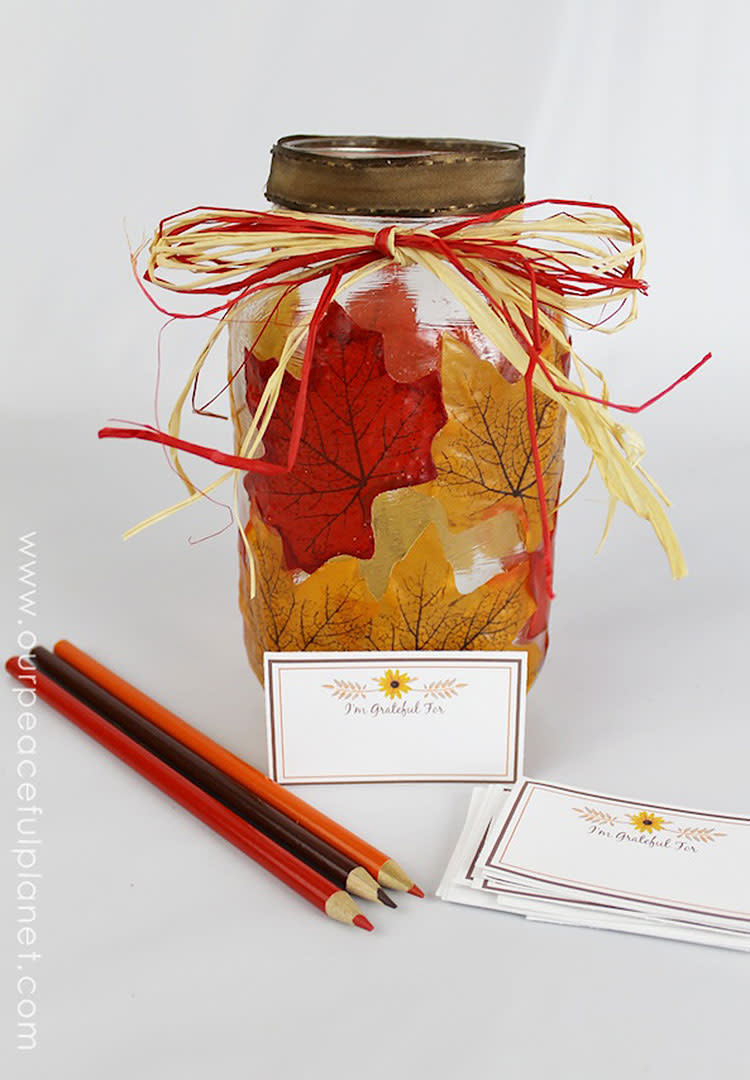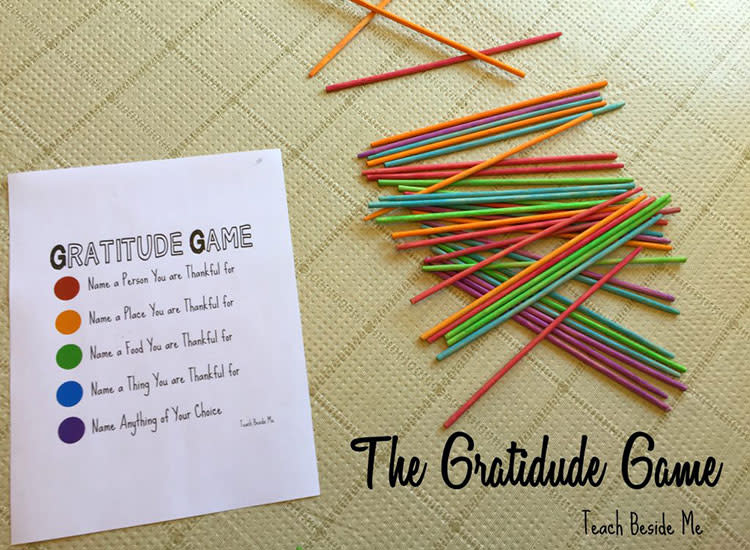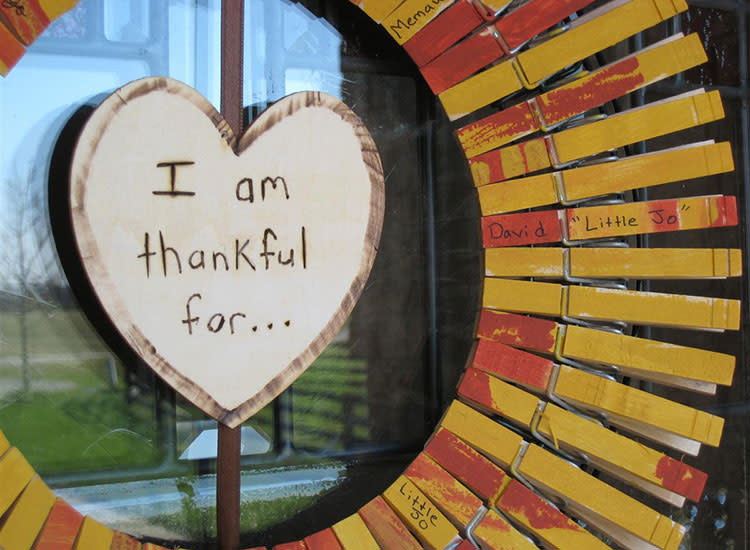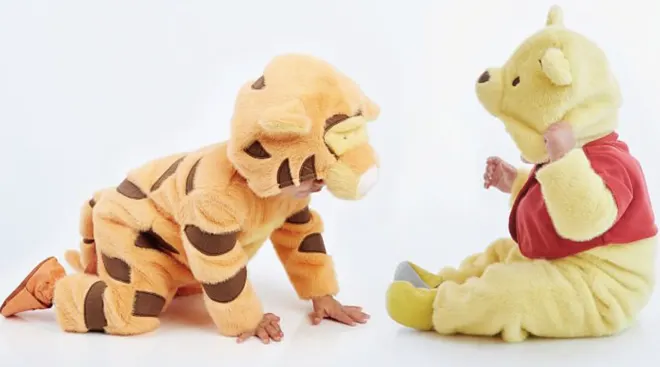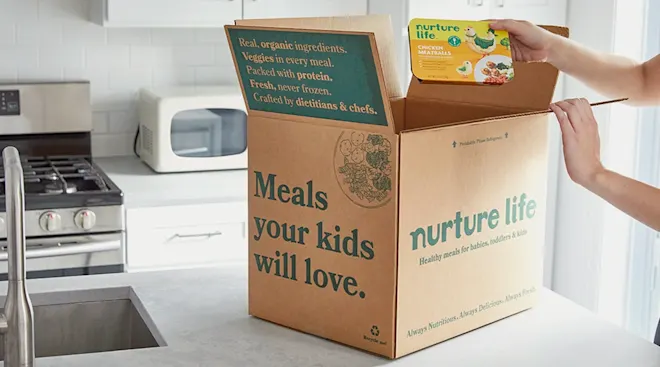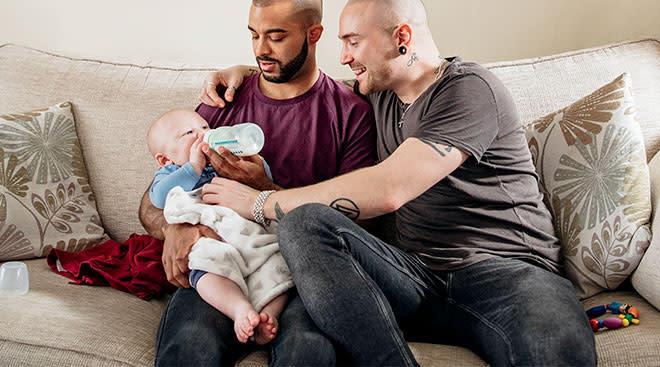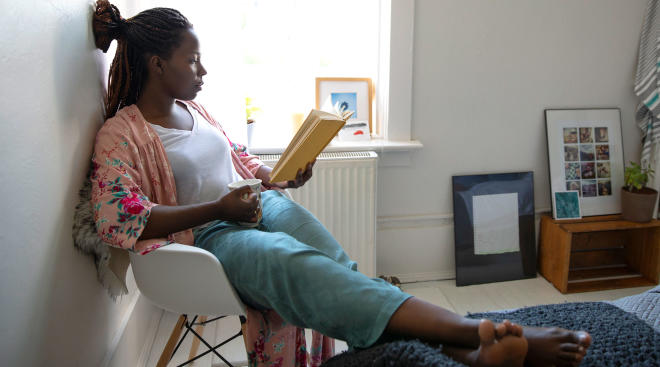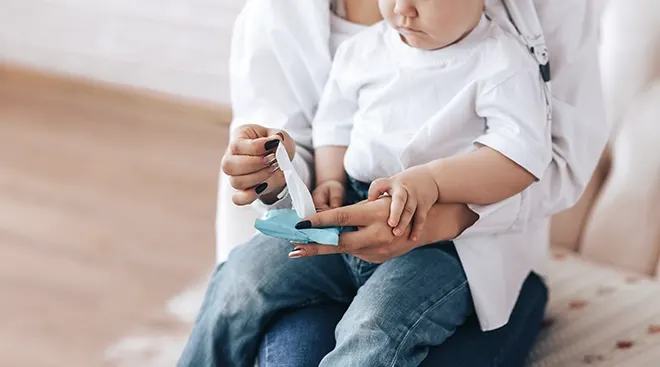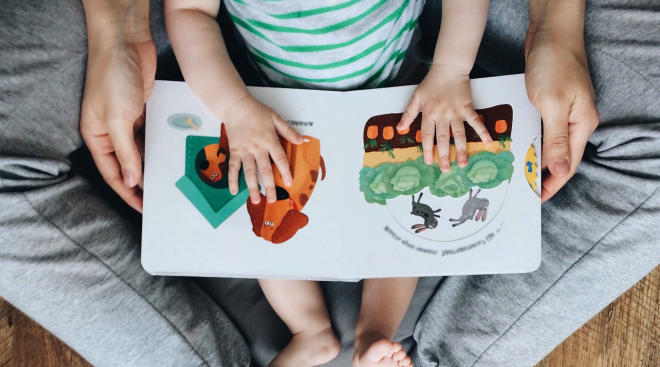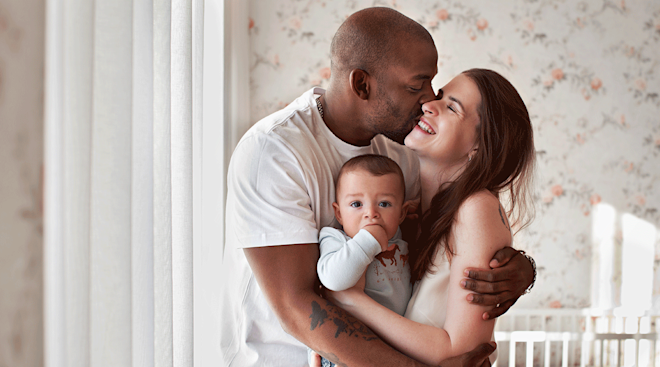Activities to Help Teach Your Kids to Be Thankful
A lot of moms try to teach their kids good manners from a young age, making sure they say “thank you” when they’re given something—and that’s a great start! But every year, when Thanksgiving rolls around, we’re reminded of the importance of instilling our children with a deeper sense of gratitude, not just for the toys and treats they enjoy but also for the larger blessings in life. “Research shows that kids who are thankful for what they have tend to be less materialistic, less envious of others and less depressed,” says Olivia Bergeron, LCSW, a psychotherapist and founder of Mommy Groove Therapy & Parent Coaching in Brooklyn, New York. “Having gratitude in life allows you to be happier, healthier and more optimistic.”
Just like any skill or habit, developing a sense of thankfulness in life takes practice. “The more practice you give your children in being polite, kind and thankful, the more it will become natural for them and part of their character,” says Thomas Lickona, PhD, a developmental psychologist and author of the books Raising Good Children and How to Raise Kind Kids.
Wondering if your child is too young to learn to be grateful? Experts agree it’s never too early—or too late! “You should start before baby is even out of infancy,” says Jody RR Smith, owner of Mannersmith, an etiquette consulting firm in Marblehead, Massachusetts. “As long as they’re living under your roof, you have the opportunity to help children learn to be thankful.” So how can you go about doing that? Here, some ways to sow the seeds of gratitude at each stage of childhood.
-
In infancy: Even infants can start learning the basics of being thankful. “For babies, you can teach gratitude through one-sided conversation,” Smith explains. For example, in response to baby’s brilliant smile, you can thank them for showing such love and bringing such happiness to your life. It’s a way of modeling gratitude and teaching baby the basics of how to interact with others.
-
In toddlerhood: You can start teaching your toddler basic manners by encouraging them to say “please,” “thank you,” and “excuse me”—and by modeling polite behavior yourself, Lickona says. It’s a great way to help them understand that people deserve respect and recognition when they do kind things.
-
In childhood: School-age children are able to understand that life experiences can vary greatly. To encourage empathy—an important step toward gratitude, Smith says—and an appreciation for what they have, she recommends asking your kids leading questions like, “Can you imagine opening the refrigerator and having no food? What would that feel like?”
While it’s important for kids to verbally express their thanks, Lickona says, “so are actions that show gratitude.” And what better (or more fun) way for kids to demonstrate their gratefulness than through arts and crafts and games geared toward fostering gratitude? This Thanksgiving, get your kids in a grateful mood with these adorable activities:
A craft that tackles gratitude and spelling at the same time? Yes, please! This easy but effective craft from The House of Hendrix asks kids to create a “handprint tree” and use alphabet cereal to spell out different things they’re grateful for and paste them onto each “branch” of the tree.
Materials you’ll need: Green and brown paint, a large sheet of white paper, Alpha-bits cereal and glue.
How to make it: Position a large piece of white paper vertically on a table. Brush brown paint onto the underside of your child’s forearm, from elbow to wrist, then press your child’s arm vertically onto the bottom portion of the paper to make the tree trunk. Brush green paint onto your child’s palm and help them press it onto the paper, creating three to four handprints that fan out at the top of the trunk. These become the branches of the tree. While the paint dries, have your child list several things they’re grateful for. Depending on their age, have them spell out the items on their list with the alphabet cereal or do it for them. Together, paste the words onto the green “branches.”
One of the most popular (and simplest!) ways to teach children to be thankful is to start a gratitude jar. At Craft Your Happiness you can find some beautiful printable cards to use for every member of the family—including the littest ones—to list something they’re grateful for. Drop your notes of gratitude into a jar, and at the end of the week (or month or even year), sit down as a family and go through them together. “Keeping a family gratitude jar where anyone in the family can jot an appreciation down is a perfect way to foster greater awareness of our blessings,” Bergeron says. “Going through your jar on special occasions, like Thanksgiving, is a surefire way to engender warm family feelings.”
Materials you’ll need: A large mason jar, raffia or ribbon, paper leaves, Mod Podge (all-in-one glue, sealer and finish), downloaded printed cards, pens and pencils.
How to make it: Apply Mod Podge to parts of the mason jar, then press the paper leaves into the Mod Podge. You can overlap as much or as little as you want. Once you’re satisfied with your leaf decor, coat entire jar with Mod Podge to seal and finish. Let dry, then wrap a ribbon around the top of the jar. Use the printed cards to write down things your family is grateful for and add them to the jar.
Here, the age-old game of pick-up sticks has been refashioned into a fun way to teach kids to be thankful. While most of the same rules apply—if those sticks move, your turn is over!—the additional element of color-coded “grateful” categories is a fun twist. This game from Teach Beside Me is best for kids with established fine motor skills, but fun for all nonetheless.
Materials you’ll need: 50 chopsticks (or you can use paper straws in different colors, or simply purchase a pick-up sticks set); watercolor, acrylic, or tempera paint; paint brushes and Teach Beside Me’s printable game card.
How to play: If you’re going to make your own pick-up sticks, separate the chopsticks into five groups of 10 and paint each group a different color: red, orange, green, blue and purple. Once the chopsticks are dry, you’re ready to play. Gather up the sticks into your hand vertically, then drop them onto a hard surface, like a table or the floor. Take turns picking up one stick at a time without moving any of the other sticks. If you don’t move any of the other sticks, your turn continues; if you do, your turn is over and it’s the next player’s turn. Depending on the color of stick you’re able to pick up, you’ll have to name a person, place, food, thing or something of your choosing that you’re thankful for.
We’re all for crafts that don’t have us searching the far recesses of the craft store to complete! This super-cute gratitude wreath from Chica and Jo uses nothing more complicated than a wire wreath frame and painted clothespins.
Materials you’ll need: Paint, paint brushes, a bag of wooden clothespins, a 12-inch wire wreath frame and black markers.
How to make it: First, have your children paint the clothespins in various colors of your choosing. Then, once fully dry, use the black markers to write one thing your family is thankful for on each clothespin. It takes exactly 53 clothespins to fill up a 12-inch wire wreath frame, so challenge your family to complete the circle with ideas! If you’d like, make a sign or message to go in the middle of the wreath, then hang it in a conspicuous place as a constant reminder of your blessings.
Olivia Bergeron, LCSW, is a psychotherapist and founder of Mommy Groove Therapy & Parent Coaching in Brooklyn, New York. She earned her bachelor’s degree from Vassar College and her master’s degree in social work from New York University. She also has a post master’s certificate in advanced clinical social work from New York University, as well as a certificate from the Postpartum Stress Center.
Thomas Lickona, PhD, is a developmental psychologist and author of several books, including Raising Good Children and How to Raise Kind Kids. He also currently serves as a professor of education emeritus at the State University of New York at Cortland.
Jody RR Smith, is the owner of Mannersmith, an etiquette consulting firm in Marblehead, Massachusetts. She earned her bachelor's degree in psychology from the University of Rochester and her master's degree from Cornell University. She's also the author of several books on etiquette.
Learn how we ensure the accuracy of our content through our editorial and medical review process.
Navigate forward to interact with the calendar and select a date. Press the question mark key to get the keyboard shortcuts for changing dates.
































